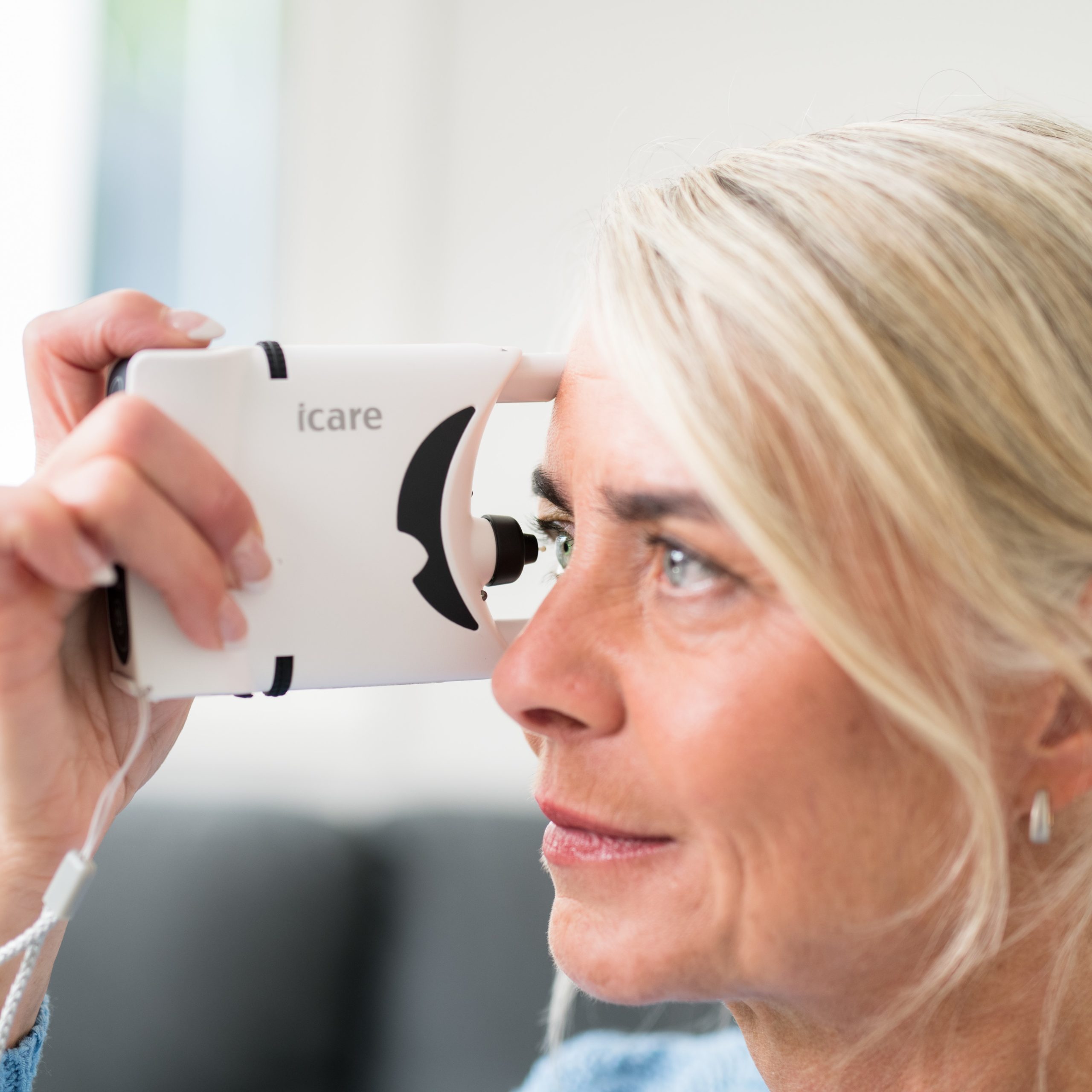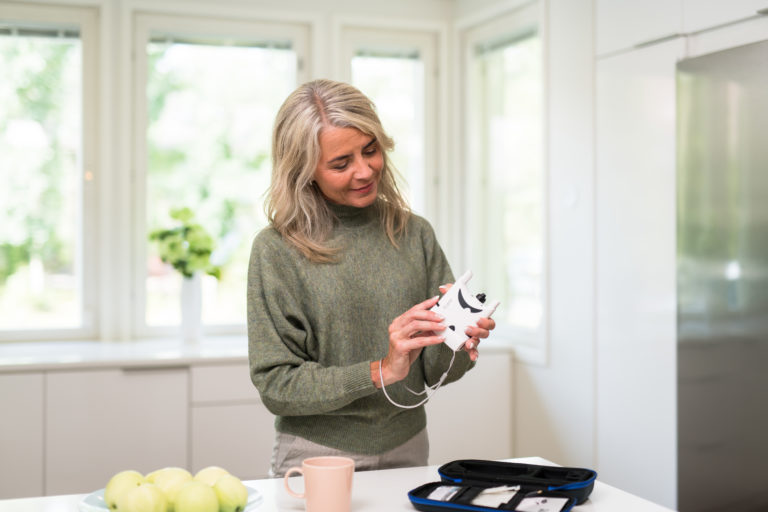Home Monitoring Devices for Glaucoma
Glaucoma is a silent disease. If left untreated, it causes progressive peripheral vision loss until central vision is also compromised. The disease damages the optic nerve, which transmits visual information from the eye to the brain. Treatment focuses on lowering intraocular pressure. Eye care providers monitor this pressure using a tonometer (pressure sensor). The measurement requires numbing drops, which the provider places in the eyes before taking the reading.
Now, like diabetes home monitoring devices, patients can safely and accurately check their intraocular pressure at home with home monitoring devices for glaucoma, such as the iCare Home tonometer.
How does it work?
The patient holds the device in front of their eye. Automatic eye recognition and intelligent position assistant technology ensure a seamless process. No numbing drops are needed to take the reading.
The iCare Home measurement data uploads to a cloud platform. Both the doctor and patient can access it at any time.
Who will benefit most from this innovation?
Patients with rapid disease progression will benefit. It also helps those whose condition worsens despite normal in-office pressure readings. Additionally, it supports patients with transportation issues who cannot visit the office every 3 to 4 months.
How much does it cost?
Your eye care provider can prescribe the device. You can purchase or rent it weekly or monthly. Visit www.myeyes.net to access the iCare Home tonometer.
Does insurance cover the cost?
Not yet. Currently, it is an out-of-pocket expense.
Is it the only intraocular pressure home monitor available?
Other home monitoring devices for glaucoma exist. However, their results are less accurate than the iCare system. Some are still in early commercialization stages, and real-world data is pending. A future advancement may be a smart contact lens with a sensor that measures eye pressure.








